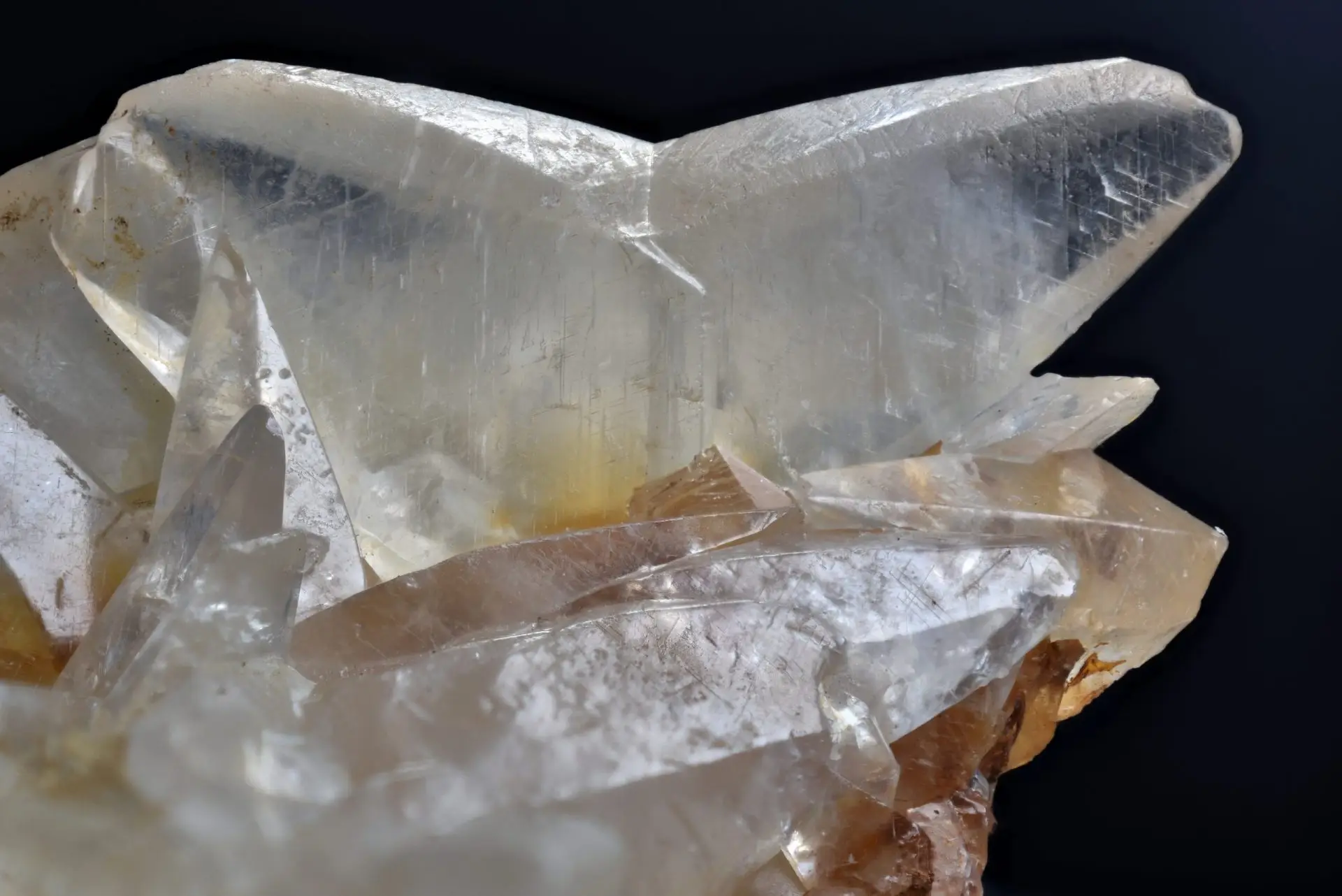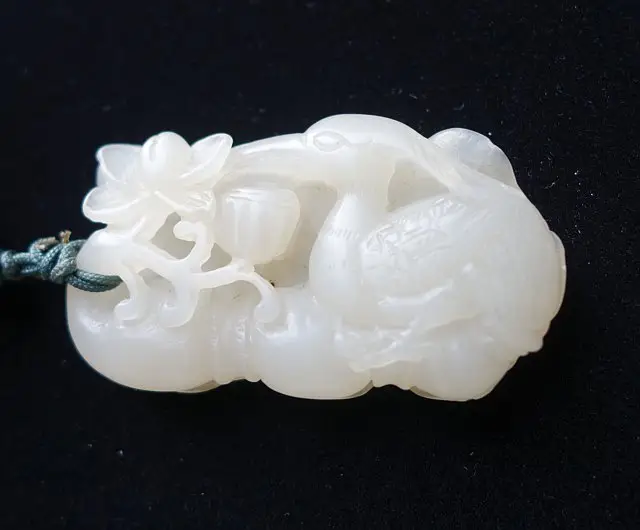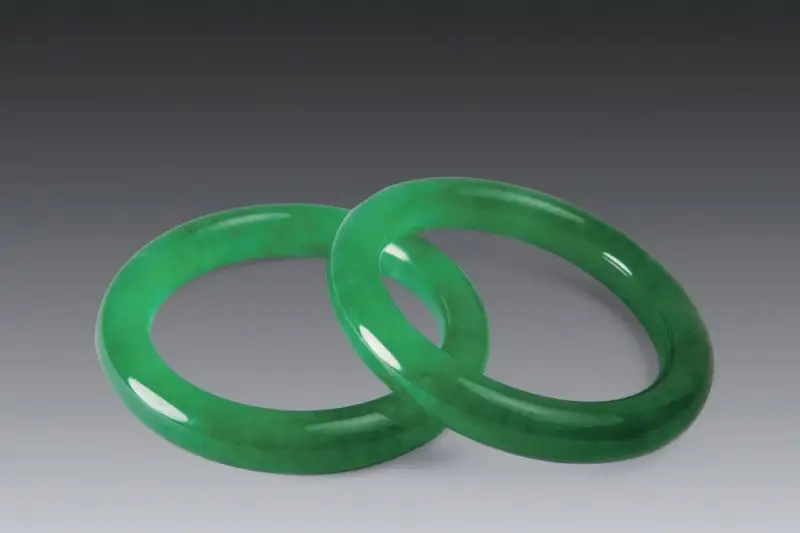Introduction
In nature, besides aragonite, another natural form of calcium carbonate is calcite, the subject of this discussion.
The name “calcite” comes from an ancient Chinese text, the “Compendium of Materia Medica,” where it was described as “resembling hard gypsum that breaks into blocks when struck, with smooth, shiny cleavage planes.” This description refers to its blocky fracture pattern and the bright, smooth appearance of its cleavage surfaces. Additionally, due to its abundance in Iceland, it is also called “Iceland spar.” Calcite’s colors and appearance vary greatly, and many biogenic calcium carbonate gems also contain calcite.

(Figure 1) 1
Calcite
- Crystal system: hexagonal/trigonal crystal system
- Hardness: 3
- Specific gravity: 2.71
- Luster: Vitreous luster
- Transparency: transparent to translucent
- Color: yellow, blue, green, red, colorless
- Refractive index: 1.486~1.660
- Birefringence: 0.174
- Fluorescence: Multiple variations
- Cleavage: complete rhombohedral cleavage
- Characteristics: Extremely bifold color, low hardness and cleavage
- Imitation: Rare imitation
Commercial Value of Calcite
Industrially
Calcite’s strong birefringence makes it valuable for optical components in gemstone identification instruments such as dichroscopes and polarizing microscopes. When light or images pass through calcite, significant double refraction occurs, splitting the light into two rays, which causes noticeable doubling of images.
Ornamental
Fluorescence is a special optical property of calcite. Under both long and short wavelengths, calcite can exhibit different fluorescent behaviors, making it a popular choice for collectors of fluorescent minerals.
Gemstone imitation: Due to its low hardness and low toughness (Mohs hardness of 3, compared to fingernails at 2.5 and knives at 5.5), faceted calcite gems are rare. Calcite is a relatively inexpensive gemstone, and there are few fakes of calcite itself on the market. However, its wide range of colors and appearances makes it a common material for imitating other stones. For example, white Afghan calcite (often marketed as “Afghan white jade”) closely resembles Hetian white jade but can be distinguished by its layered structure and fluorescent response under UV light. High-transparency calcite, sometimes called cicada silk jade, is often used to imitate quartz or sodium feldspar nephrite jade. The fibrous structure and lower hardness are key differences that can be identified using professional gemological tools.
Due to its low hardness and toughness, calcite requires careful maintenance to prevent scratches, impacts, and exposure to corrosive environments, such as hot springs.
Follow Honway to learn more about the characteristics of gemstones~
Photo Credit:


